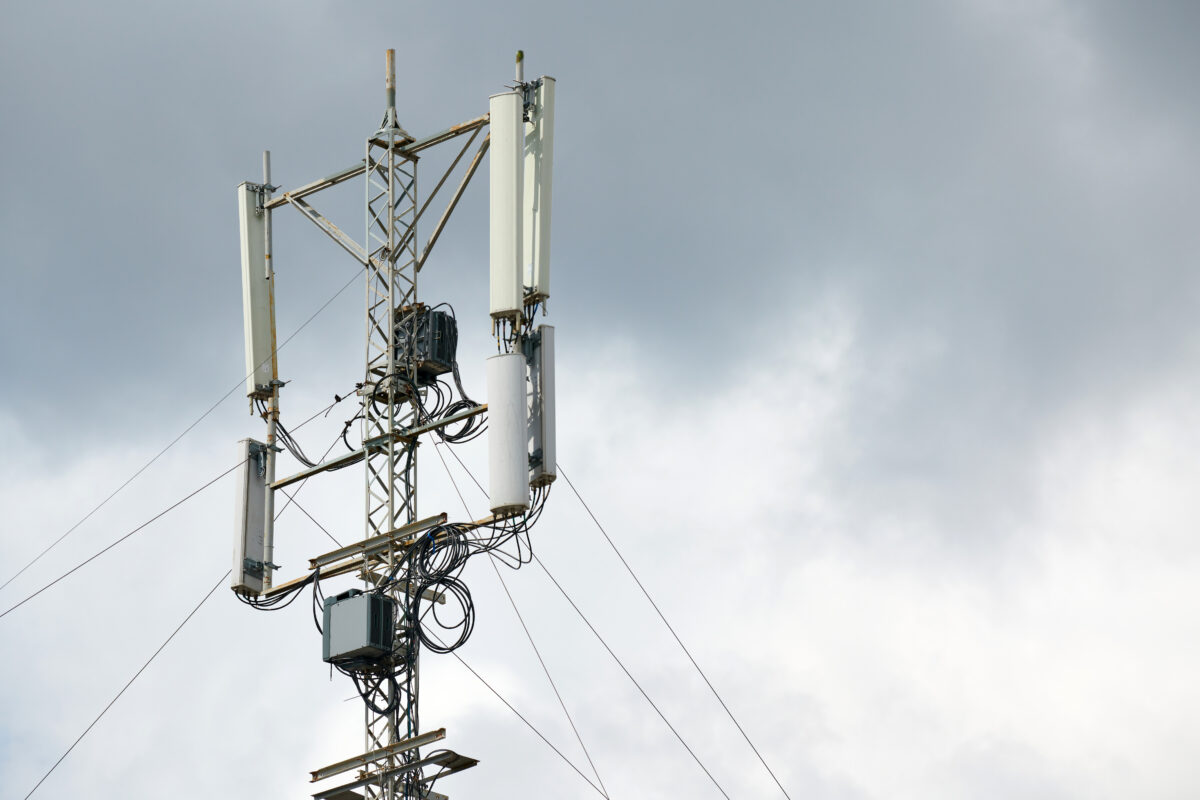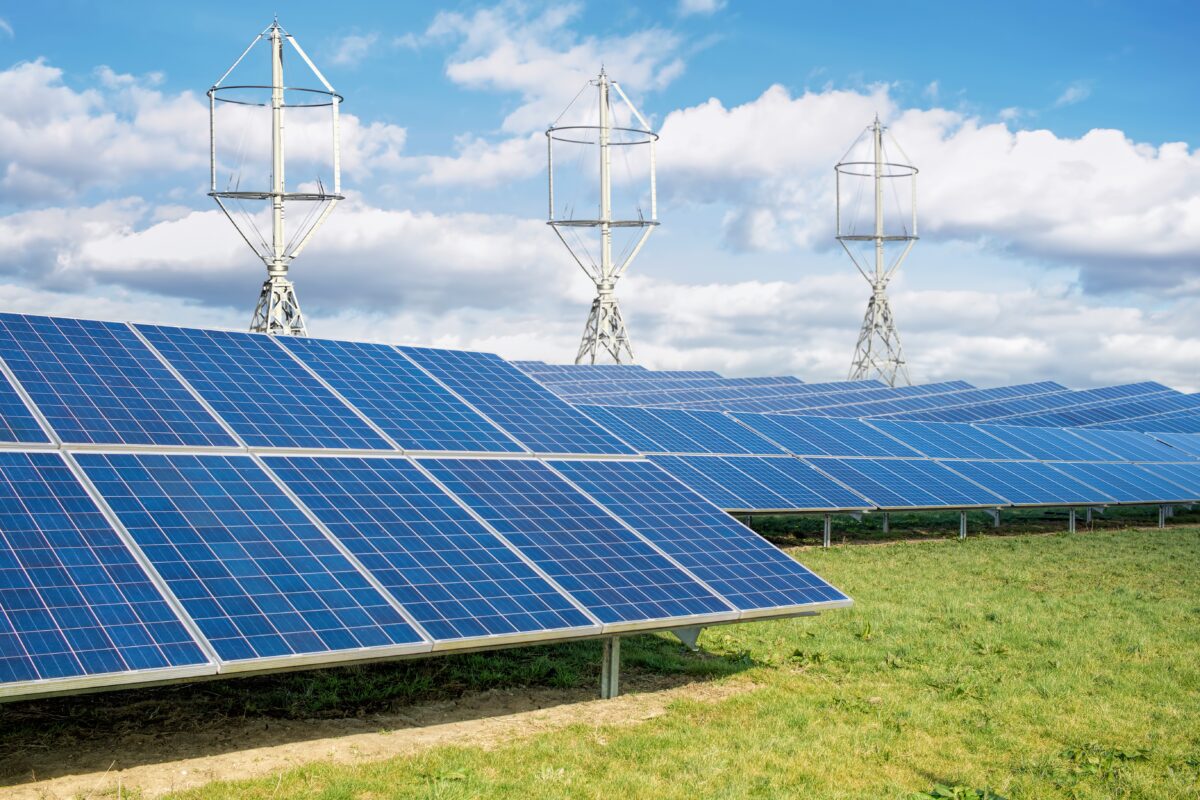Small Wind Turbines for Remote Telecom Towers
Keeping telecommunication towers running is critical worldwide, but it comes at a high cost. The telecom industry spends over $19 billion annually on diesel fuel to power its massive network of towers. This reliance on diesel inflates operational costs and significantly increases the industry’s carbon footprint.
Traditional energy sources are vulnerable to natural disasters like floods or wildfires. These events disrupt fuel supply chains, leaving towers offline during critical times. As the push for net-zero carbon emissions accelerates, the telecom sector must adopt innovative, renewable energy solutions for telecom sites.
Small wind turbines provide a secure and cost-effective alternative. They ensure telecom towers run smoothly, even in remote and challenging environments. This article explores how small wind turbines for remote telecom towers are revolutionizing energy solutions, highlighting their benefits and practical applications.
The Energy Demands of Remote Telecom Towers
Telecom towers consume varying amounts of energy depending on factors such as design, equipment, number of antennas, location, and environment. Monthly energy consumption typically ranges from several hundred to several thousand kilowatt-hours.
Most telecom towers rely on grid electricity. In remote areas without grid access, they use diesel generators. These generators are costly, carbon-intensive, and require frequent maintenance. Rising fuel costs further emphasize the need for alternative energy solutions.

Benefits of Small Wind Turbines for Remote Telecom Towers
Adopting Explore wind energy solutions offers significant benefits for companies, clients, and the environment.
Sustainability and Reduced Carbon Emissions
Small-scale wind turbines reduce reliance on fossil fuels like diesel. They help telecom companies lower carbon emissions, meeting client expectations and sustainability goals. Wind power enables companies to achieve these targets while reducing their carbon footprint.
Cost Reduction
Small wind turbines generate electricity on-site, minimizing dependence on grid power and expensive diesel fuel. Over time, telecom companies see substantial savings, particularly in remote locations where fuel delivery and maintenance costs are high.
Energy Independence and Reliability
Telecom towers face power outages and natural disasters, disrupting operations and causing financial losses. Learn about wind technology enhance energy reliability, especially in off-grid areas. They provide a consistent power source, ensuring uninterrupted operations even during storms or floods.
Integration with Other Renewable Sources
Small wind turbines complement solar panels and battery storage systems. In hybrid setups, wind energy fills gaps when solar power is unavailable, ensuring continuous energy supply. Learn more about hybrid solutions from The U.S. Department of Energy.
Explore sustainable energy solutions for remote telecom towers. Contact Freen to discuss wind energy options for your infrastructure.
Hybrid Energy Systems: Small Wind and Solar for Telecom Towers
Hybrid renewable energy systems are ideal for telecom towers in areas where grid connection is expensive or unavailable. Combining wind turbines, solar panels, and battery storage creates an efficient solution. These systems ensure energy availability around the clock.
Solar panels generate power for about 10-12 hours daily, while wind turbines operate 24/7. Together, they provide a more consistent energy source, making them the preferred choice for off-grid locations.
Real-World Applications of Small Wind Turbines in Telecom
Telecom Towers in Australia
Australia demonstrates the effectiveness of off-grid energy for telecom towers. Previously reliant on diesel generators, these towers faced high costs and environmental damage. Natural disasters like bushfires and floods exacerbated the problem.

To address this, Diffuse Energy, a Newcastle-based startup, developed small-scale wind turbines for telecom towers. Supported by $341,990 in funding from the Australian Renewable Energy Agency (ARENA), they installed turbines at 10 remote sites. These turbines complement solar panels and batteries, providing a sustainable alternative to diesel.
Learn more about renewable energy projects at ARENA’s official site.
In the future, Australia plans to expand this solution, potentially displacing 17 GWh of fossil fuel use annually. This initiative could cut 33,000 tonnes of CO2 emissions and save millions in diesel costs while ensuring reliable operations during critical times.
Why Choose Small Wind Turbines for Remote Telecom Towers?
Vantage Towers, one of Europe’s leading telecom tower companies, partnered with Berlin-based startup MOWEA to install small wind turbines on a tower in Troisdorf, North Rhine-Westphalia. The pilot project includes eight turbines generating approximately 7 MWh of energy annually.
Plans are underway to install 752 turbines across 52 sites in Germany, with a maximum capacity of 650 MWh per year. These turbines directly power Vodafone’s communication systems, meeting up to 100% of energy needs on optimal wind days. This initiative demonstrates how renewable energy can enable off-grid, self-sufficient telecom towers.
Learn more about renewable energy integration at Renewable Energy Institute.
Ready to reduce emissions and costs? Schedule a consultation with Freen for customized small wind solutions.
Why Choose Freen for Your Telecom Energy Needs?
Freen’s small wind turbines are ideal for telecom towers. Our expertise enables us to create customized renewable energy solutions. Compact designs, various sizes, and capacities make our products adaptable to different telecom towers. Freen’s high-quality turbines require minimal maintenance, even in remote locations, and power telecom towers for decades.
The Future of Sustainable Telecom Power Solutions
Small wind turbines are pivotal in helping telecom companies achieve carbon neutrality. By reducing diesel reliance and embracing renewable energy, companies can significantly lower their carbon footprint. These solutions address growing demands from regulators, consumers, and investors for environmental responsibility.
Small wind turbines provide a practical, cost-effective, and scalable solution, empowering telecom operators to meet energy needs sustainably, even in remote areas.






